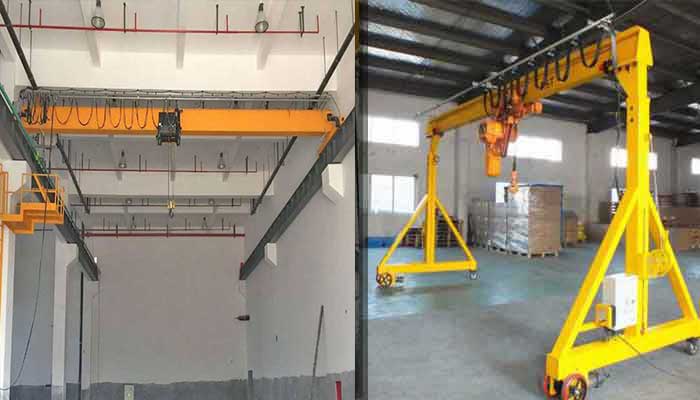
Bridge Crane v.s. Small Gantry Crane
The similarities between small bridge cranes and gantry cranes are striking. We should ask ourselves, "Why do I need to learn the difference?" because they are so similar.
It's an excellent question, and one that might save you a significant amount of time and money.
You will be able to make the best purchasing option for your organization if you grasp the distinctions between bridge cranes and gantry cranes. You will gain confidence while also saving time and money.
Knowing the small differences between bridge cranes and gantry cranes can also give you confidence in front of your consumers.
I would not trust a mechanic who does not understand the difference between a socket wrench and a combination wrench. They might do similar things but utilize the incorrect one, which means they'll work longer and cost me more money.
Don't be a mechanic like that! Not only do you need to know the differences between these two cranes, but you also need to know why one is more efficient than the other for your needs
What are the differences?
Although bridge cranes and gantry cranes have many similarities, understanding their distinctions is where you will either save or lose money.
The three most significant distinctions that will have a direct impact on your business and purchasing decision are listed below.
Mounting
The way these two cranes are erected is the most evident distinction between them.
Bridge cranes are housed within the structure in which they operate. This makes them ideal for warehouse-style factories that are frequently busy and where every square foot counts.
Gantry cranes are usually positioned on wheels or on a track system. They're more easier to deconstruct and relocate because they're not attached to the structure of the building. Gantry cranes with wheels are particularly mobile. They can be relocated indoors or outdoors as needed.
Lifting Capacity
The advantage of having a large crane mounted to the framework of your building is that you can easily lift some really heavy objects. When it comes to heavy lifting, bridge cranes are the best. Some bridge cranes are capable of lifting up to 100 tons! That's a lot of information.
When it comes to lifting, gantry cranes are less capable. They can still lift huge loads, usually up to 15 tons, but that's a long way from some bridge cranes' 100-ton capacity.
Cost
All of that lifting strength isn't cheap, either. Bridge cranes cost at least fifteen thousand dollars and can cost well over a hundred thousand dollars if you want one of the more powerful ones.
Gantry cranes can cost as little as $2,000 and go up from there. You'll have a hard time finding a gantry crane that costs a hundred thousand dollars, as some bridge cranes do. This is a major selling factor for gantry cranes, and it's something you should consider if you're in the market for one of these cranes.
What Are the Similarities?
Some characteristics are shared by all types of overhead cranes. The following ideas can assist you if you need a refresher on how a bridge crane or gantry crane works.
Function
Both bridge cranes and gantry cranes have the basic purpose of lifting big objects.
Because of the way overhead cranes are constructed, they can reliably raise very heavy objects in a way that is safer than many other lifting methods.
Hoist
You might be wondering how these cranes manage to raise such massive things.
This is when the hoist enters the picture.
The crane's hoist is similar to its muscle. It is the one who lifts the weight. The greater the lifting capacity of a hoist, the more it can lift.
Without delving too far into the mechanics of hoists, a hoist can be compared to an automobile winch.
Support or girder
If the crane's hoist is its muscle, then the girder is its bone structure.
The hoist is supported by the girder, which is a beam. This girder is referred to as the bridge girder. The bridge girder is used on both bridge and gantry cranes.
Both bridge cranes and gantry cranes have this main girder that supports the hoist, but as previously stated, the mounting or support for the bridge girder varies depending on the crane type.
Movement
So, this is when things start to get strange.
On a crane, the bridge consists of the bridge girder as well as all of the components that allow the hoist to move side to side.
A bridge crane, you'd imagine, would have a bridge where a gantry crane wouldn't.
They do, however, share a bridge. The biggest difference between the two is the way the bridge is attached. The bridge crane is attached to the structure of a building, while the gantry crane is mounted on legs.
Don't be fooled: bridge cranes and gantry cranes both have bridges!
This implies that their hoists travel in the same direction. On any crane, the hoist may move from side to side.
Controls
On both bridge and gantry cranes, the method for getting those hoists to move side to side is usually the same.
The bridge is usually controlled by a radio controller or a pendant controller.
Which one do you need?
By now, you should have a solid idea of how bridge cranes and gantry cranes vary and how they work together.
It's a lot of information to process, so you might be wondering what will work best for you.
Your lifting requirements, workspace mounting possibilities, and budget are just a few of the apparent considerations to consider.
Lifting Needs
If you need to carry exceptionally heavy objects weighing more than 15 tons, a bridge crane is the way to go.
If you only need to lift items weighing less than 5 tons, a lightweight gantry crane may be a better option.
Mounting Options
The bridge crane is the preferable alternative if your workspace floor is totally full or you need all of the available floor space while still needing a crane.
Perhaps you require something that is portable or allows you to operate outdoors. If that's the case, a gantry crane is the best option.
Budget
Finally, you must analyze your financial situation.A gantry crane may check a lot of boxes for you, but a very heavy duty gantry crane may be more expensive than a light bridge crane with comparable lifting capacity.If entry-level bridge cranes are out of your price range, a gantry crane may be your only option.
Conclusion
By now, you should have a firm understanding of the differences between a bridge crane and a gantry crane, as well as how to choose the right one for your company.
Before making a final decision, think about your lifting requirements, mounting options, and budget. If you're still not sure, you can always receive a free quote from us. We will ensure that you receive a crane that meets your company's requirements.
Choosing between these two cranes will, in the end, effect not only your business, but also the level of confidence you can convey to your consumers.
Hoist & Cranes for General Use
As one of the best crane manufactuer and supplier in China, we offer crane sevices for turnkey crane projects ie.overhead, gantry & jib cranes and other travelling cranes from crane degin, manufactuering & installation, and crane parts supplying, etc.
Contact us to get tailored overhead crane design, free CAD overhead crane drawing, defined overhead crane specifications for your particular application with lower overhead crane costs & good overhead crane price. Send an overhead crane inquiry to your latest eot crane price now!
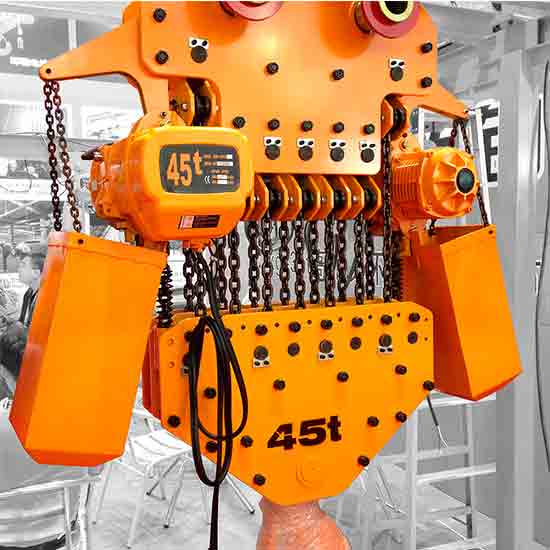
Electric chain hoists mounted on hook, lug, manual or electric hoist trolley for types of electric chain hoist cranes with capacity of 500kg, 5 ton, 10 ton, 32 ton.
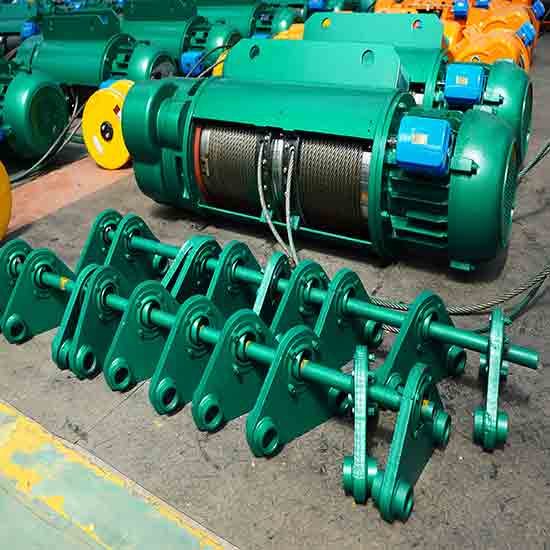
Types of wire rope hoists designs for overhead hoist cranes- explosion-proof cable hoist, low profile wire hoist & single & double girder hoists for your hoist cranes.
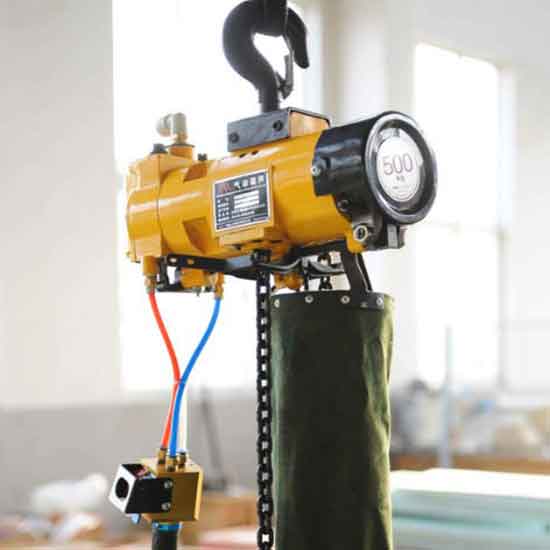
Safe & fast air operated hoists. Air hoist & pneumatic hoist is a compressed air powered hoist & air operated hoists, various hoist designs,wide specification, good price.

European standard overhead hoist crane, Small overhead crane:European single girder overhead cranes, compact FEM hoist crane design, small & light overhead hoist crane.
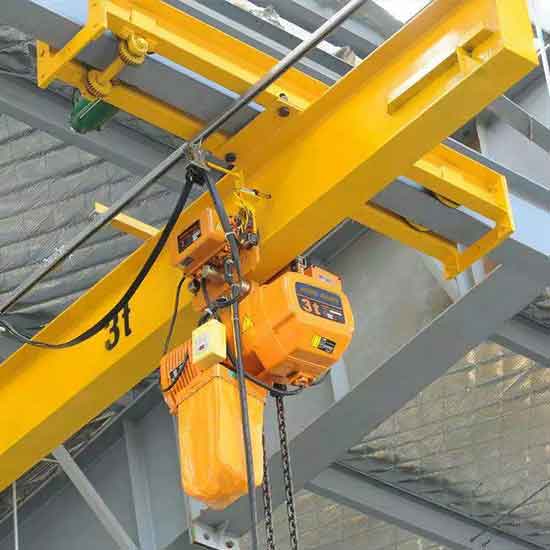
1 ton -10 ton underhung bridge crane, light single girder overhead crane design, suspended on overhead roof, free floor space, economical underhung crane.
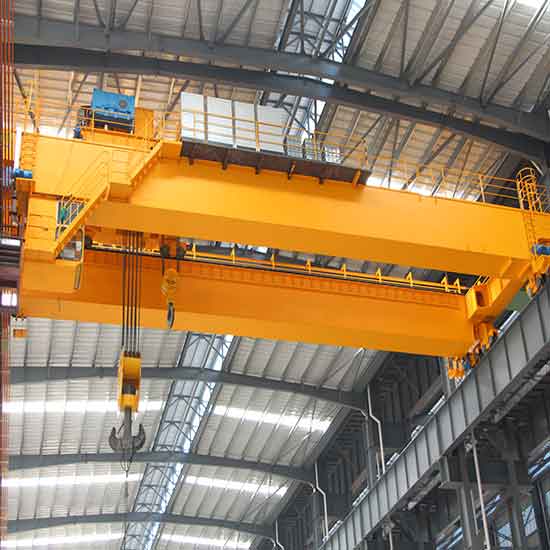
FEM/ DIN open winch bridge crane-European standard double girder overhead crane with open winch trolley, your heavy duty winch crane up to 320 ton.
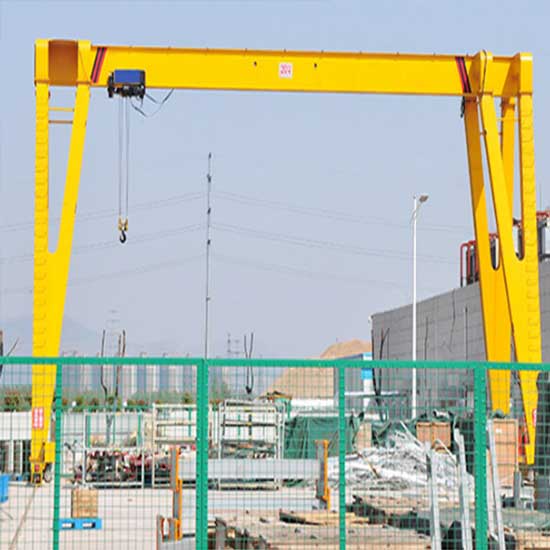
Single girder hoist gantry cranes, FEM,DIN & ISO standards: Single beam gantry cranes, European style box girder, FEM hoists for 3 ton, 5 ton, 10 ton, & 16 ton load handling.
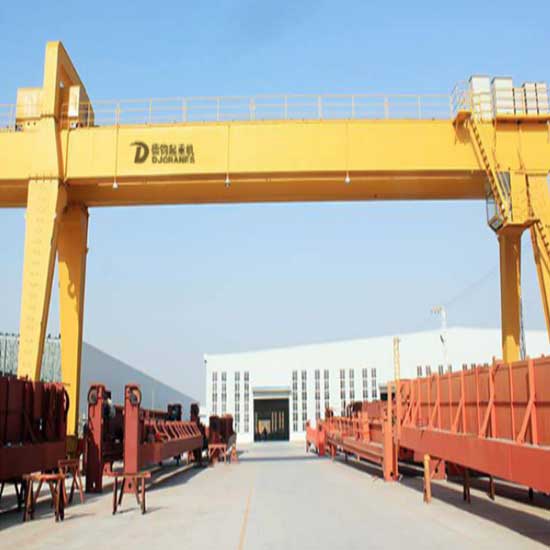
European style double girder hoist trolley gantry cranes: European type double girder gantry cranes with FEM standard wire rope hoists trolley with capacity of 5 ton up to 75 ton for sale.
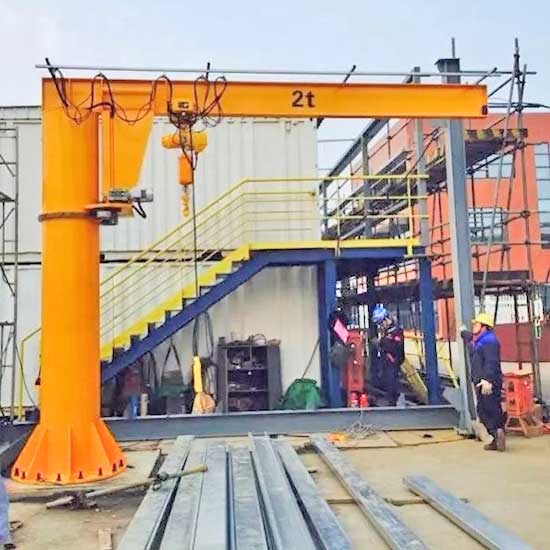
Free standing jib crane-Pillar mounted jib crane is a free standing jib crane with pillar jib mounted on floor, for short & crowded lifting, capacity up to 16 ton.
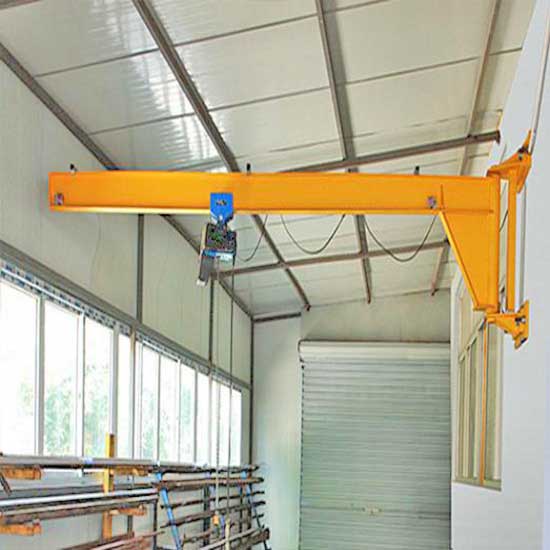
Wall mounted jib crane & wall bracket jib crane with I beam & tie rod design for light duty handling with capacity up 2 ton. or less building structure changes.
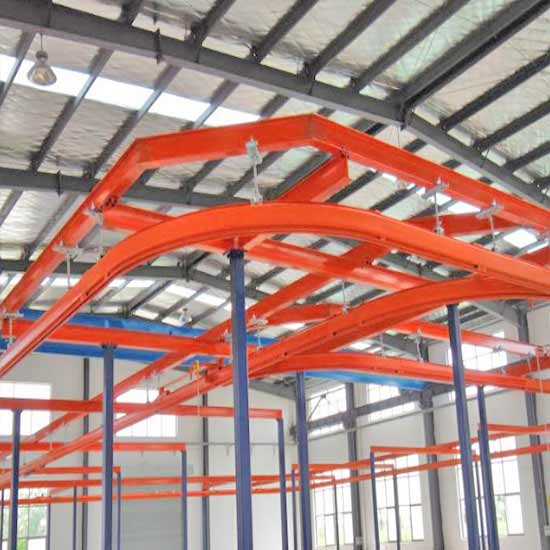
Light crane kbk system-kbk light crane systems, flexible kbk crane & rigid kbk crane, modular crane design, cost-effective workstation crane solution, tailored light duty bridge crane.
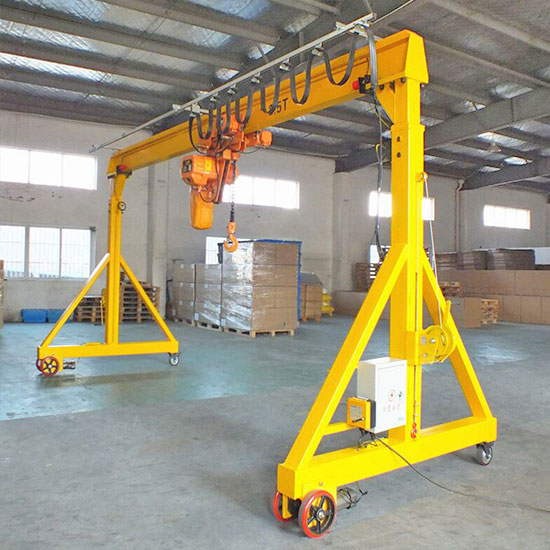
Portable gantry crane & Economical mobile gantry-250 kg - 10 ton portable gantry cranes & mobile gantry cranes with adjustable / fixed gantry for small & light material handling.

